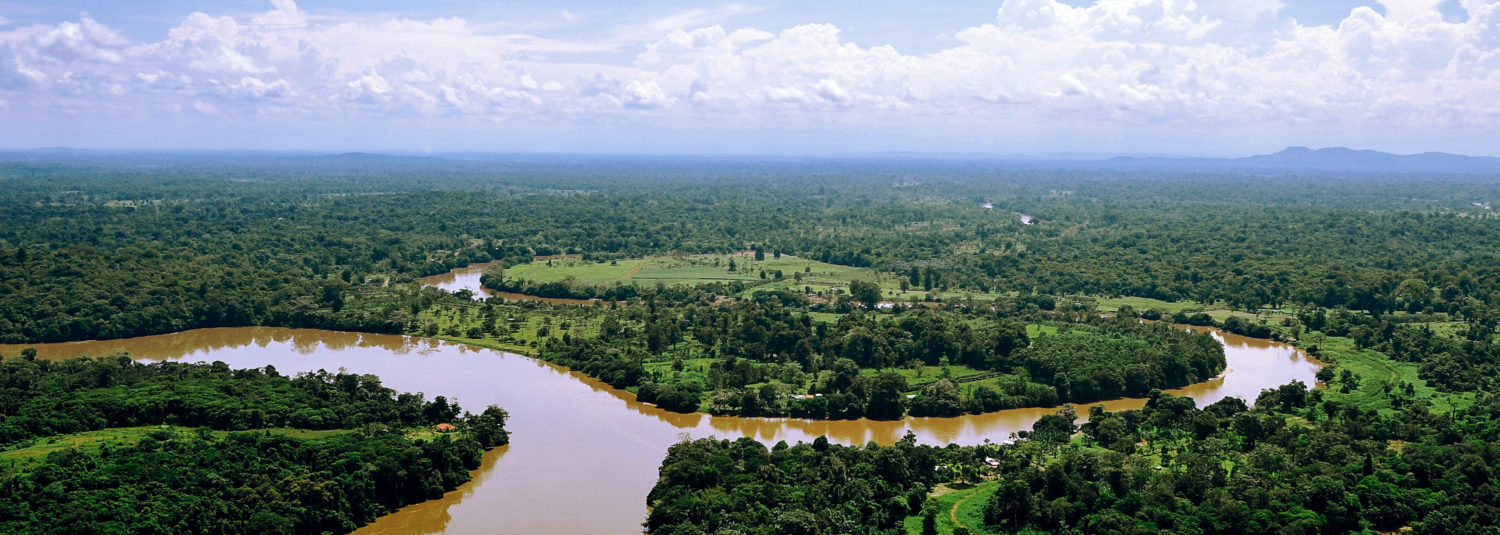Welcome to River-Lab, the webpage of Professor Matt Kondolf’s research group at the University of California Berkeley. We work on river processes, infrastructure sustainability, water-energy tradeoffs, flood risk management, and river restoration. We welcome your comments and hope you find some of the resources here useful.
Attitudes towards rivers have changed a lot since rivers were used principally for navigation and waste disposal in industrial societies. In the developed world, many city centers have revitalized their urban waterfronts, turning their rivers into focal points for social activity. After a long history of attempts to isolate floodplains from river flooding, there is increasing recognition of the hazards posed by flood-control levees and the lack of understanding of flood risk by many floodplain residents. Moreover, critical hydrologic and ecological functions are lost when floodplains are cutoff from the natural flooding cycle. The evolution of understanding river processes is reflected in new policies towards flood risk management, as exemplified by the Floods and Water Framework Directives in the EU, and in the direction of recent legislation in California.
River restoration has become big business in the developed world. Given the ecological benefits of dynamic channel migration, and the potential for rivers to self-heal if allowed sufficient room to flood, erode and deposit sediment, and migrate, arguably the best strategy for river restoration is to provide the river with a wide corridor, known variously as an espace de liberté, erodible corridor, territorio fluvial, or channel migration zone. However, in the US, many river ‘restoration’ efforts are directed towards construction of idealized channel forms with banks fixed in place by boulders and large logs. We highlight some successful examples of setting aside river corridors and restoring fluvial processes, as well as document some of the shortcomings of the fixed-channel construction approach.
While we see many initiatives to restore rivers in the developed world, in the developing world the trajectory is generally towards more extensive degradation of rivers and their catchments, with expanded exploitation of natural resources (mining, deforestation, land-clearing, road construction) and extensive dam construction (especially for hydroelectric generation). Dams have many impacts, including trapping much of the natural sediment load, causing sediment to accumulate in reservoirs (often interfering with reservoir functions and reducing storage capacity) and thereby reducing the supply of sediment to reaches downstream, creating sediment-starved water (commonly causing channel downcutting, infrastructure damage, loss of habitats, and coastal erosion). However, these problems are not inevitable at all dams, because most dams can be built and operated to pass some of this sediment downstream. However, in practice the opportunities to sustainably manage sediment are mostly ignored. While much attention has deservedly been given to recent examples of dam removal in the US and Europe, globally there is a dam-building boom underway, with expectation of doubling of hydroelectric capacity within the next two decades. Our research provides strong evidence of the benefit of basin-wide strategic dam planning, which can optimize power production while minimizing environmental impacts, with applications to the Mekong River basin.
When dams are planned, designed, and built, the economic analysis and operational plans do not account for the need for eventual decommissioning, and using conventional economic approaches, future costs such as dam removal are trivialized when discounted over a time scales of many decades or a century. Nonetheless, future generations will be faced with deteriorating infrastructure, including reservoirs filling with sediment, which will pose risks to downstream populations and infrastructure. The recent problems with the spillways at Oroville Dam are only a teaser for coming attractions.
Generating hydroelectric power in rivers is one aspect of the complex web of interactions between water and energy, often referred to as the water-energy nexus. We can speak of the water footprint of energy (which would include water requirements and pollution by all types of power plants) and the energy footprint of water (which would include pumping groundwater and pumping water to convey it long distances, as widely done in Mediterranean-climate regions). As part of a larger research effort under the US-China Clean Energy Research Center, our lab is linking water models with energy models to better understand these interactions in the Southwest US in comparison with two regions in China.
We’re pleased for your interest in our research topics and invite you to join us for the annual Berkeley River Restoration Symposium (each December), the shortcourse Geomorphic and Ecological Fundamentals for River and Stream Restoration held each August at Sagehen Creek Field Station near Lake Tahoe, and other events that we host from time to time. Also, you’ll find a number of publications available for download. Some papers are not freely available for download due to copyright restrictions. If there are specific papers you would like for your research, please send an email message to [email protected] describing your research and the publications you would like, and we will do our best to send you the requested publications.
Homepage image is looking south at the confluence of the Rio Sarapiqui with the Rio San Juan (on the border of Nicaragua and Costa Rica), courtesy of Scott Walls, Walls Land+Water LLC.
